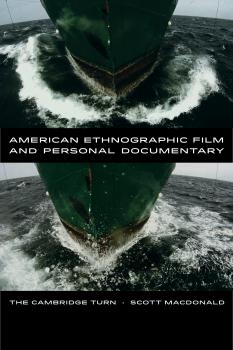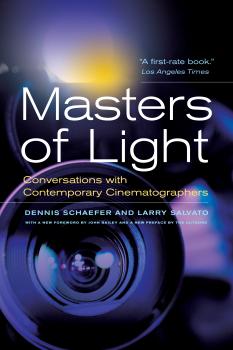Кинематограф, театр
Различные книги в жанре Кинематограф, театрAmerican Ethnographic Film and Personal Documentary
American Ethnographic Film and Personal Documentary is a critical history of American filmmakers crucial to the development of ethnographic film and personal documentary. The Boston and Cambridge area is notable for nurturing these approaches to documentary film via institutions such as the MIT Film Section and the Film Study Center, the Carpenter Center and the Visual and Environmental Studies Department at Harvard. Scott MacDonald uses pragmatism’s focus on empirical experience as a basis for measuring the groundbreaking achievements of such influential filmmakers as John Marshall, Robert Gardner, Timothy Asch, Ed Pincus, Miriam Weinstein, Alfred Guzzetti, Ross McElwee, Robb Moss, Nina Davenport, Steve Ascher and Jeanne Jordan, Michel Negroponte, John Gianvito, Alexander Olch, Amie Siegel, Ilisa Barbash, and Lucien Castaing-Taylor. By exploring the cinematic, personal, and professional relationships between these accomplished filmmakers, MacDonald shows how a pioneering, engaged, and uniquely cosmopolitan approach to documentary developed over the past half century.
Masters of Light
Through conversations held with fifteen of the most accomplished contemporary cinematographers, the authors explore the working world of the person who controls the visual look and style of a film. This reissue includes a new foreword by cinematographer John Bailey and a new preface by the authors, which bring this classic guide to cinematography, in print for more than twenty-five years, into the twenty-first century.
The Anatomy of Harpo Marx
The Anatomy of Harpo Marx is a luxuriant, detailed play-by-play account of Harpo Marx’s physical movements as captured on screen. Wayne Koestenbaum guides us through the thirteen Marx Brothers films, from The Cocoanuts in 1929 to Love Happy in 1950, to focus on Harpo’s chief and yet heretofore unexplored attribute—his profound and contradictory corporeality. Koestenbaum celebrates the astonishing range of Harpo’s body—its kinks, sexual multiplicities, somnolence, Jewishness, «cute» pathos, and more. In a virtuosic performance, Koestenbaum’s text moves gracefully from insightful analysis to cultural critique to autobiographical musing, and provides Harpo with a host of odd bedfellows, including Walter Benjamin and Barbra Streisand.
Cinema and Experience
Siegfried Kracauer, Walter Benjamin, and Theodor W. Adorno—affiliated through friendship, professional ties, and argument—developed an astute philosophical critique of modernity in which technological media played a key role. This book explores in depth their reflections on cinema and photography from the Weimar period up to the 1960s. Miriam Bratu Hansen brings to life an impressive archive of known and, in the case of Kracauer, less known materials and reveals surprising perspectives on canonic texts, including Benjamin’s artwork essay. Her lucid analysis extrapolates from these writings the contours of a theory of cinema and experience that speaks to questions being posed anew as moving image culture evolves in response to digital technology.
Without Lying Down
Cari Beauchamp masterfully combines biography with social and cultural history to examine the lives of Frances Marion and her many female colleagues who shaped filmmaking from 1912 through the 1940s. Frances Marion was Hollywood's highest paid screenwriter—male or female—or almost three decades, wrote almost 200 produced films and won Academy Awards for writing «The Big House» and «The Champ.»









